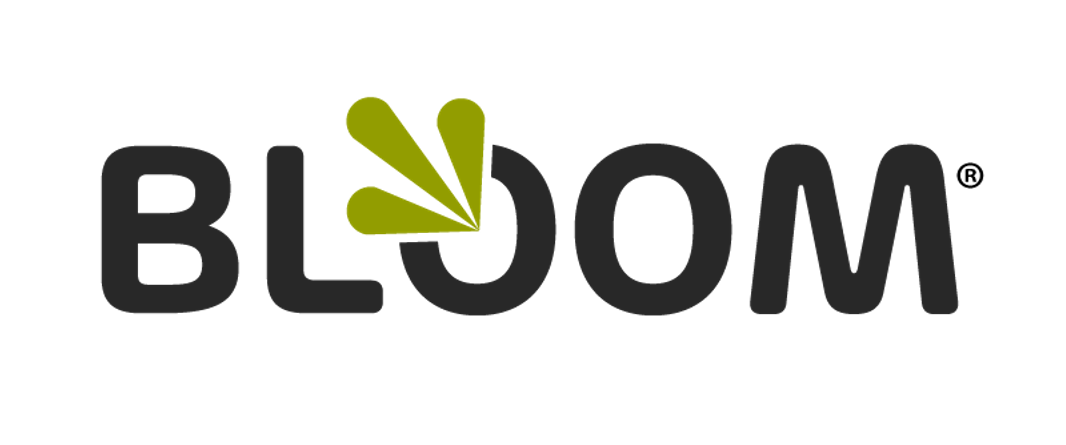Are Your Values Driving Your Organization?
Netflix's approach to values is easy to understand. Initially, they outlined the following seven aspects of their corporate culture. Since then, they have expanded to provide a clear description of their organization, which they promote unapologetically on their website.
Values are what we value
High performance
Freedom & responsibility
Context, not control
Highly aligned, loosely coupled
Pay top of the market
Promotions & development
The company values judgment, communication, impact, curiosity, innovation, courage, passion, honesty, and selflessness, and addresses in general terms what each of these means, beginning on slide 10 (http://www.slideshare.net/reed2001/culture-1798664). This early presentation of their desired culture helps demonstrate how to educate and communicate the meaning and importance of your organization’s values.
How can an organization succeed with such loosely defined policies?
The answer is more straightforward than you might think: they trust their employees to make good decisions. They can do this because they focus on hiring and retaining high-performing employees—performance matters. The values permeate Netflix culture, from hiring to promotions and firing.
Netflix understands the value of top performers.
Netflix asks the question: “Who would you fight hard to keep?” The answer identifies high-performing employees, whom they reward based on the quality of work and effectiveness rather than the number of hours they log. Employees who don’t contribute much or who resist challenges are essentially dead weight: they drag the team down and better serve the company by moving on than by hanging on.
The Netflix example highlights the importance of providing context, enabling high performers to have sufficient information and knowledge to make informed decisions. In contrast, establishing control can lead to bureaucracies and red tape that hinder progress and stifle growth.
How to align top performers with company values and strategy.
Generally, top performers have can-do attitudes and get things done regardless of whether their job description includes the task. How do you measure autonomy and results?
A strategic performance management system like BLOOM provides tools to track education, talent reviews, and, most importantly, it provides a means to align an organization’s strategy – including initiatives, objectives, goals, and action steps that are directly tied to employees. BLOOM even integrates the company values into talent reviews to ensure employees are aligned with the culture.
When an organization empowers top performers to operate by their values rather than requiring them to adhere to strict rules, it fosters the adaptability, purpose, and creativity that drive company growth and innovation. It instills a sense of trust and ownership.
Consider the values your organization holds. How do they and their resulting processes contribute to your culture? How do they detract? What motivates each – a desire to innovate or a need to control?
